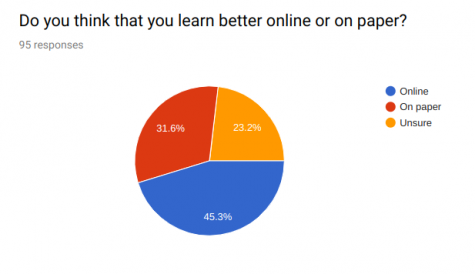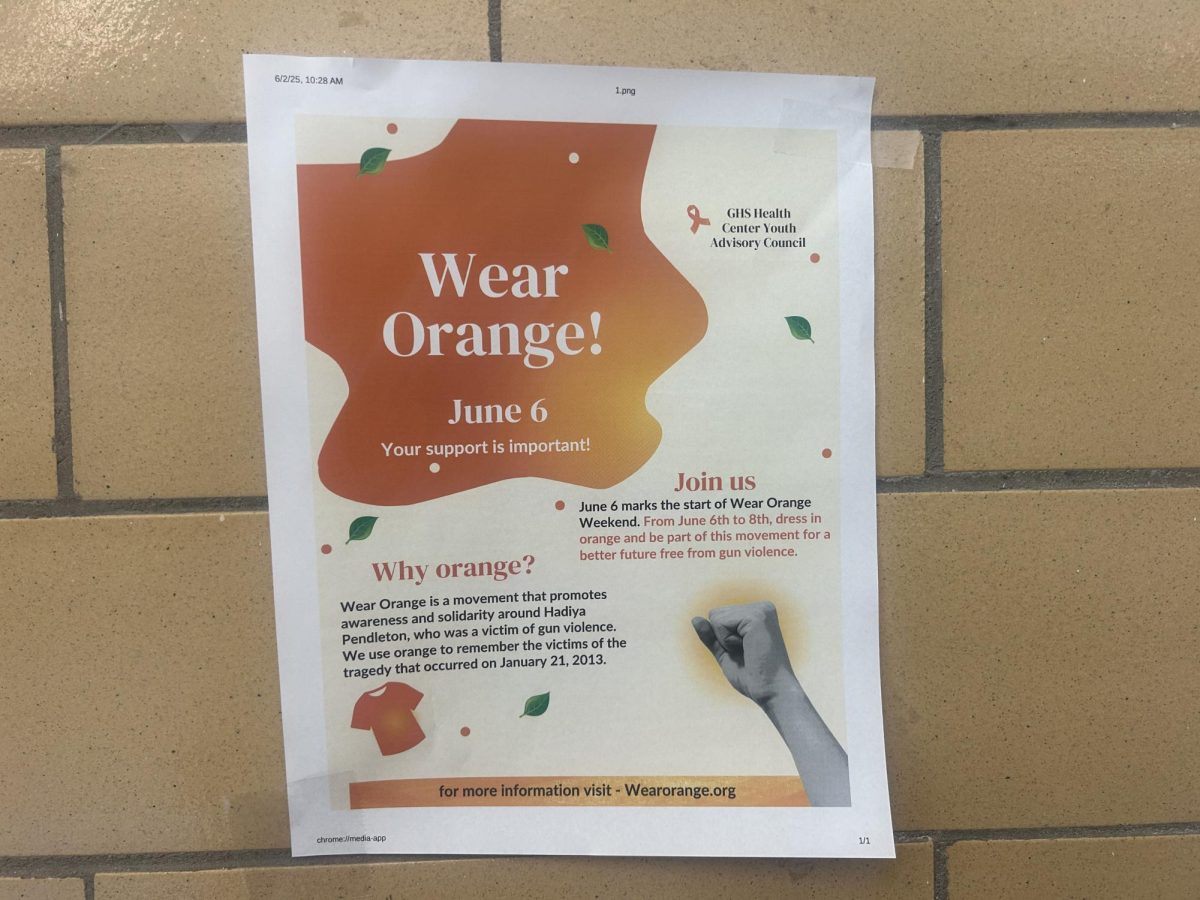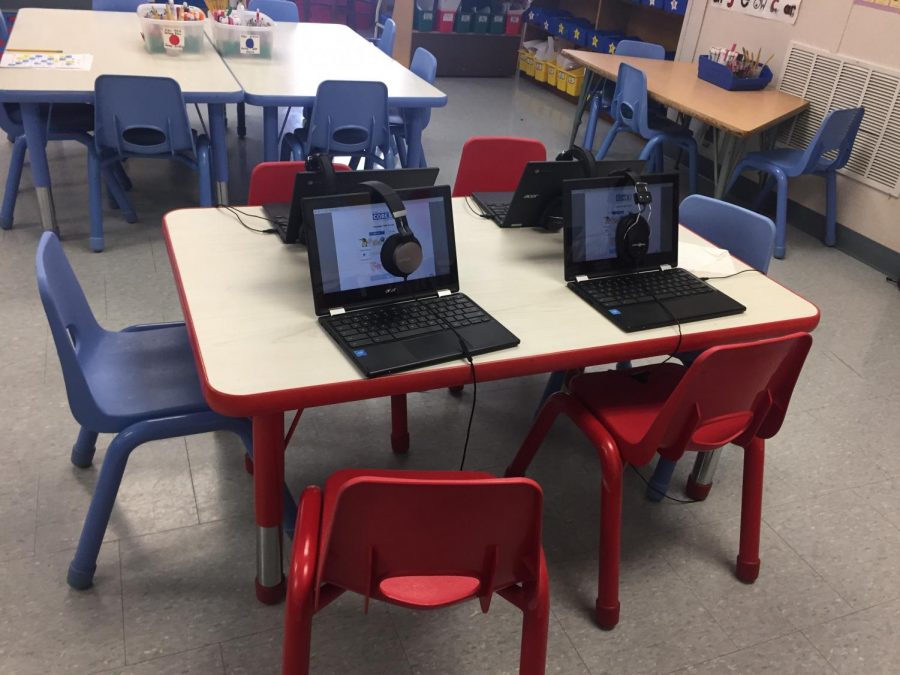Technology is changing the way Gloucester kids learn and interact
A kindergarten classroom at East Gloucester Elementary School provides Chromebooks and headphones for students
March 22, 2019
The last two decades have seen an explosion in both the variety and availability of technology. For the first time ever, children play on iPads as soon as they play with building blocks. Kids grow up in a world inundated with screens- and it’s beginning to affect their development.
In pediatric studies, it’s widely accepted that biology and environmental factors both play a role in the growth of children. Some traits are genetic, but often what kids are exposed to informs their skills and preferences. As today’s primary schools integrate technology into the curriculum kindergartners are getting a totally different educational experience than their high school peers did, despite only going through the system ten years apart. The result is a significant shift in the way these kids think, work, and learn.
The Gillnetter polled 443 Gloucester Public School students in grades 2 through 12 in order to identify this technology “gap” as it affects young minds. The result highlighted both social and educational changes.
At school, time spent online has skyrocketed. More than 50 percent of elementary schoolers report spending at least a half hour on their computers in class. At the middle school level, time spent jumps to nearly 2 hours.
By contrast, 63 percent of high schoolers report never (or occasionally) using technology while in grades 2 through 5. This means academic fundamentals like learning to read and perform arithmetic have shifted from on paper to online. And students skills are also shifting.
4th grade teacher Ruth Flaherty agrees that technology can be a double-edged sword, “The students computer skills are very strong now,” she said, “but their writing and editing skills are not as strong.”
The sentiment of the students reflects this change. 45 percent of elementary school students report preferring to work online rather than on paper. When asked why, the majority cited the hassle of writing with a pencil.
“I like typing because my hand doesn’t get cramped,” explained one 4th grader. Others had similar complaints such as their dependence on autocorrect, the struggle to print legibly, or the dangers of losing work when responsible for carrying papers to and from class.

At O’Maley, students reported similar statistics. But at the high school results were opposite. 54 percent, a comfortable majority, preferred working on paper.
“I believe there are fewer distractions, and it is more tangible when working on paper,” claimed one high school student.
“It’s better at drilling things into my mind,” said another. Many also cited that reading on a screen hurts their eyes, and restricts their ability to convey their thinking to teachers and peers.
Beyond school, young students are spending an increasing amount of time online while at home.
67 percent of elementary schoolers report spending an hour or more online each day while at their homes. 35 percent report more than 3 hours.
The trend increases with grade level. 85 percent of middle school students report an hour or more of screen time at home. 46 percent report more than 3 hours.
And the high school preference for paper does not extend to social and personal time. High schoolers spend the most time of any age demographic online. 98 percent of GHS students devote more than an hour per day to it. A quarter of students report 5 hours or longer.
And to compound this issue, the age of students receiving devices to socialize is decreasing.
92 percent of elementary schoolers between the ages of 7 and 11 own a device. Even more report having access to some type of technology at home. In accordance with this statistic, the common age for receiving a device among middle schoolers is between 7 and 8. Among high schoolers that number jumps to 9 or 10. And about 30 percent of GHS kids report getting their first device between 11 and 13. Almost no middle schoolers got their first device so late.
As a result of this, more young kids report socializing online. 38 percent of elementary school students prefer playing online to playing a make believe game, or playing outside. 67 percent say that when they have a friend over they play video games.
At the middle school, 73 percent of students report playing video games when friends come over.
By contrast, most high schoolers report never playing online with friends over when they were that age.
Social media use has also spiked across the board. About a quarter of elementary schoolers use Instagram or Snapchat.
The most common age to start using social media for high schoolers is between 12 and 13. That’s 7th grade, well after elementary school years.
Childhood is changing to keep up with a changing world.
































Diana Shanks • Mar 22, 2019 at 2:02 pm
Great job! Very interesting and insightful too!